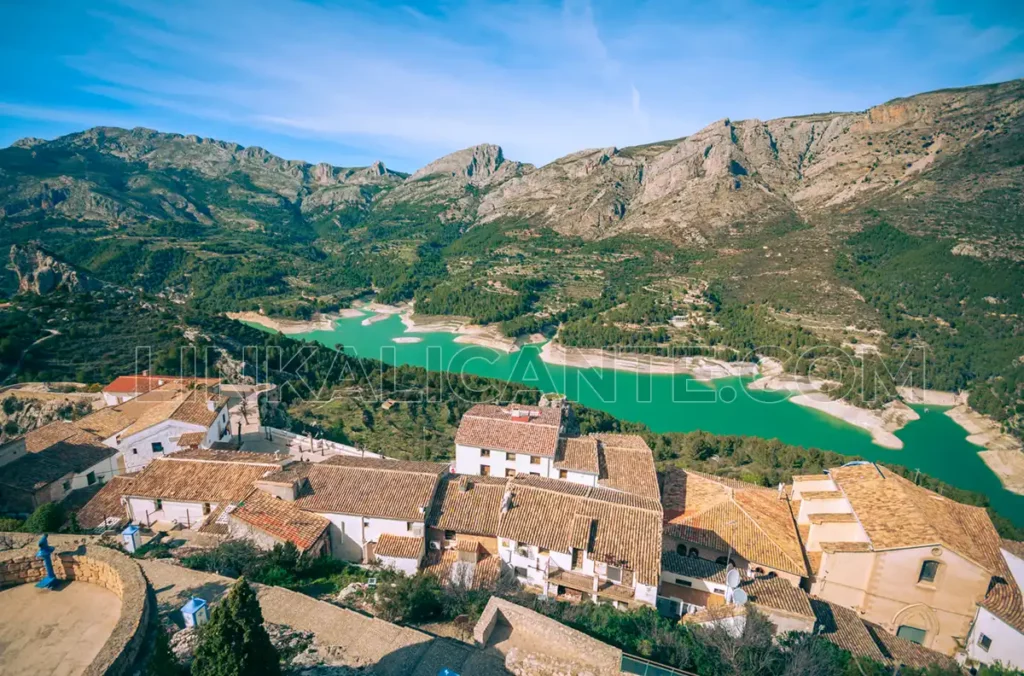Although the official name is El Castell de Guadalest, almost everyone refers to it by its shortened version: Guadalest. It is part of the association of the Most Beautiful Villages of Spain and is one of the must-see places in the province of Alicante.
Declared a Historic-Artistic Site in 1974 and of Cultural Interest, the most striking feature of Guadalest is its striking location, crowning a rocky crag from which dominates the valley of the same name, surrounded by some of the most iconic mountains of Alicante.
The visit to Guadalest is an ideal excursion for half a day or a full day, being very accessible to be located just over half an hour from the coast and towns like Altea.
Will you join us to know the essential places to see in Guadalest? Stay until the end!
Índice del Artículo
Toggle10 Things to see in Guadalest
1. Visit to the Masos winery
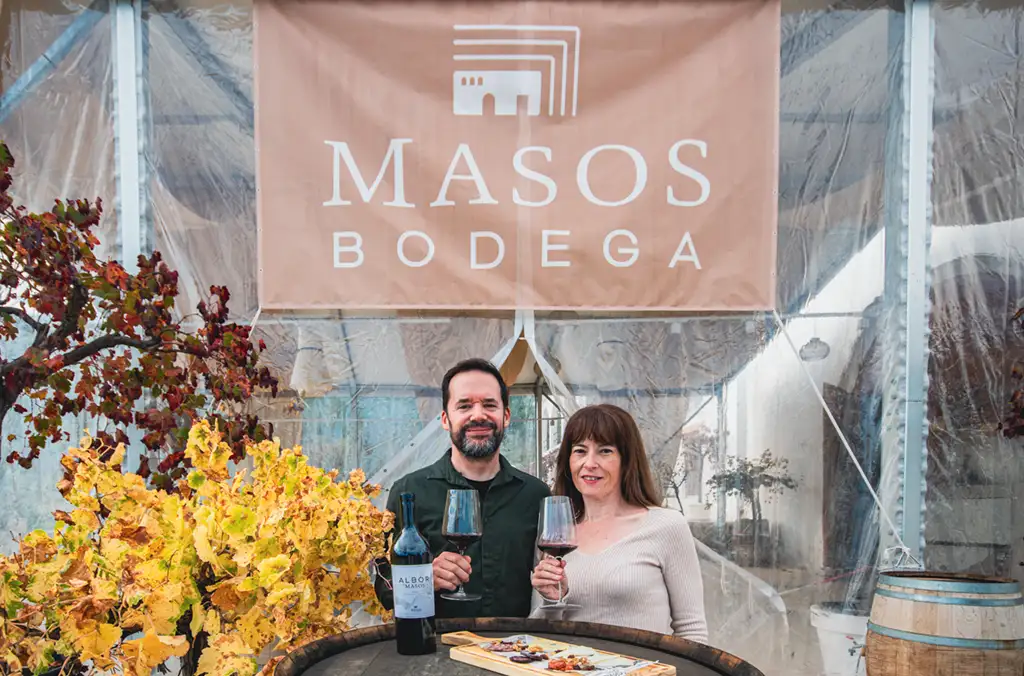
If you come to Guadalest by the CV-70 road coming from Benidorm, before reaching your destination you will pass by the Bodega Masos, a family business that has recovered the winemaking tradition in the Guadalest Valley. I recommend you not to pass by and enjoy the wine tasting experiences and pairing menu they offer. The location is idyllic, with wonderful views of the valley. Their wines (white, rosé and two reds) are excellent, made with grapes grown in situ. A different plan to do in Guadalest that will surprise you.
2. Miniature museums
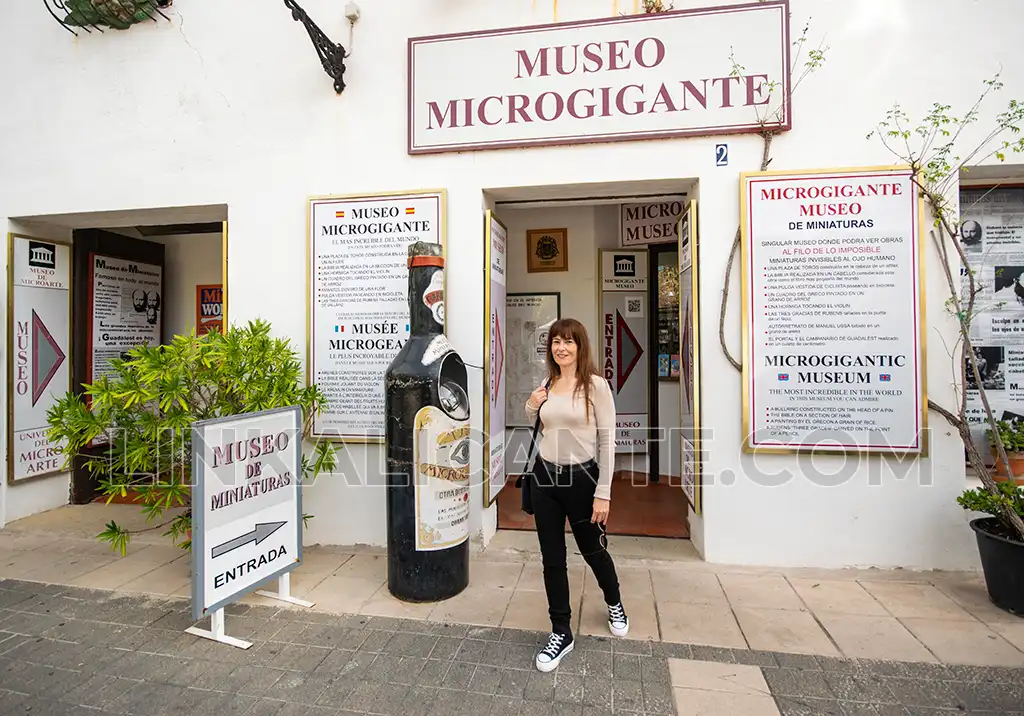
Manuel Ussá, recognized as one of the best miniaturists in the world, is the founder of two fascinating museums in Guadalest: the Microgiant Museum and the Museum of Micro Miniatures. This Valencian artist, whose career began in the 70s, specializes in creating tiny pieces that amaze with their precision, such as a flea dressed as a bullfighter or a painting on the wing of a fly. The entrance is priced at 5 €, with the possibility of acquiring a joint ticket at a discount.
3. The Portal of Sant Josep
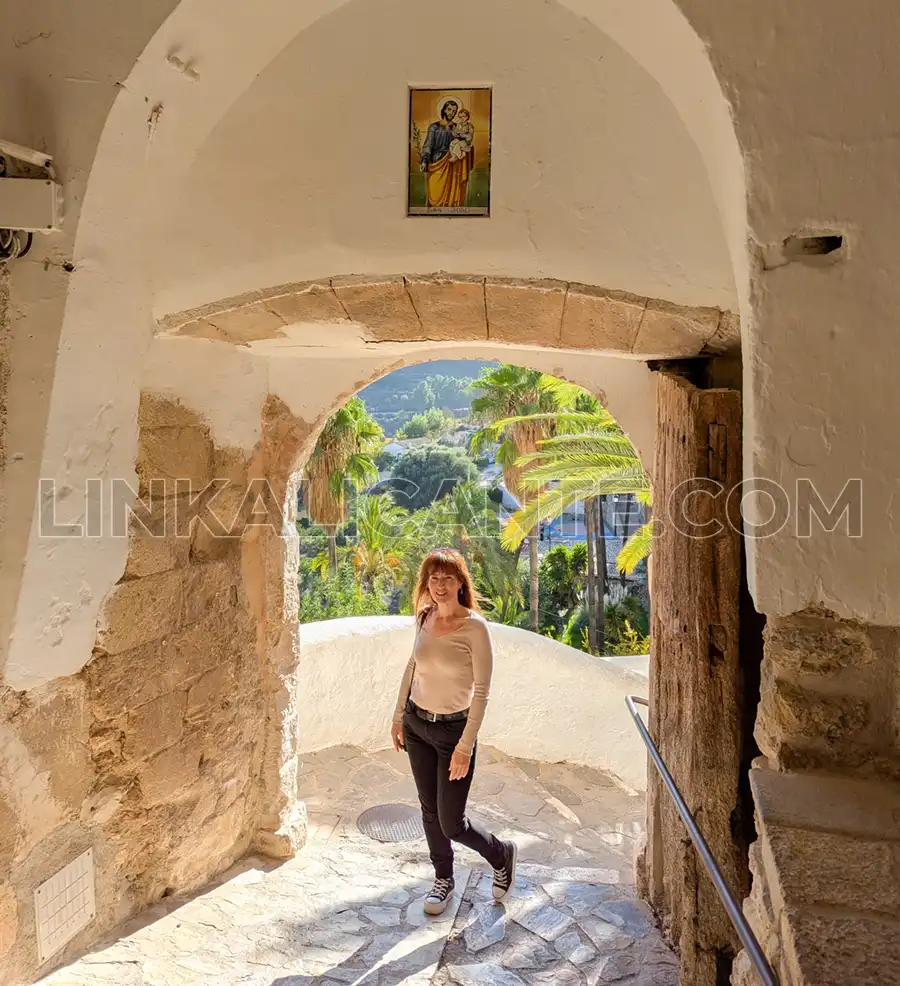
This natural tunnel in the rock, fortified during the middle ages, is the only access door to the fortress or vila, the highest and most beautiful part of the village. It is one of my favorite places to see in Guadalest, especially in the afternoon when the sunlight illuminates the entrance. On the inside, above the arch, there is a blue painting with the image of Sant Josep.
4. The Orduña House, Municipal Museum and entrance to the San José Castle.
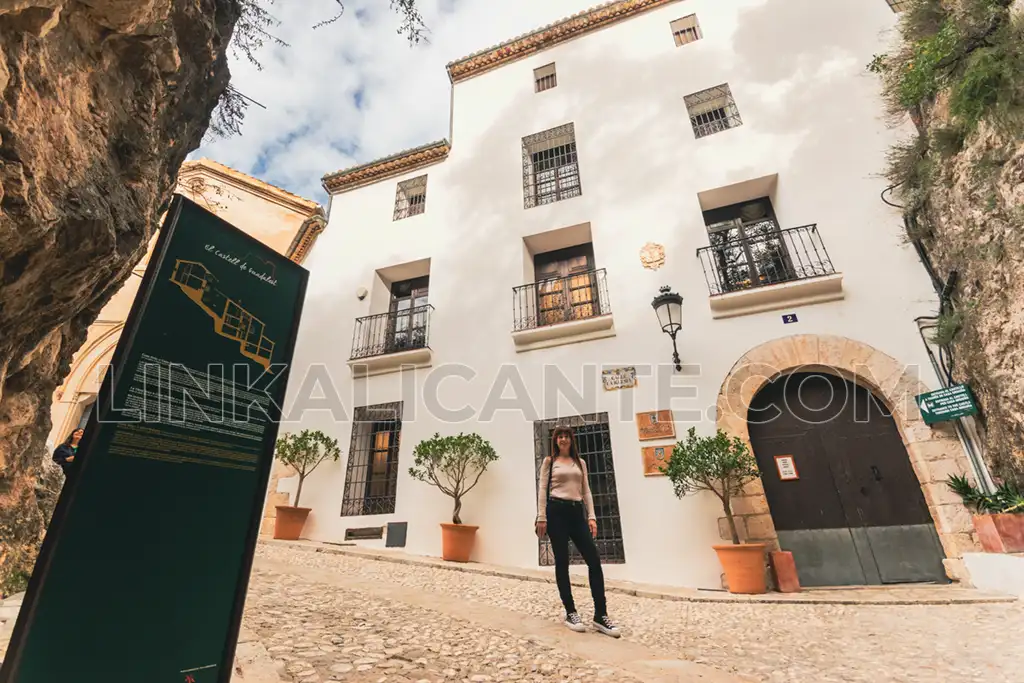
It is undoubtedly the number 1 attraction to see in Guadalest. This stately home was built and inhabited by the important Orduña family, who were in the service of the Marquises. Its origin dates back to the 17th century. Furniture and decoration from the 19th century are preserved in the house and exhibitions are held in its different rooms. From the Casa Orduña you can access the Castillo de San José, a fortress of Muslim origin dating from the 11th century.
The entrance fee (house and castle) is 4€ adults and 2€ children.
5. The Castle of San José
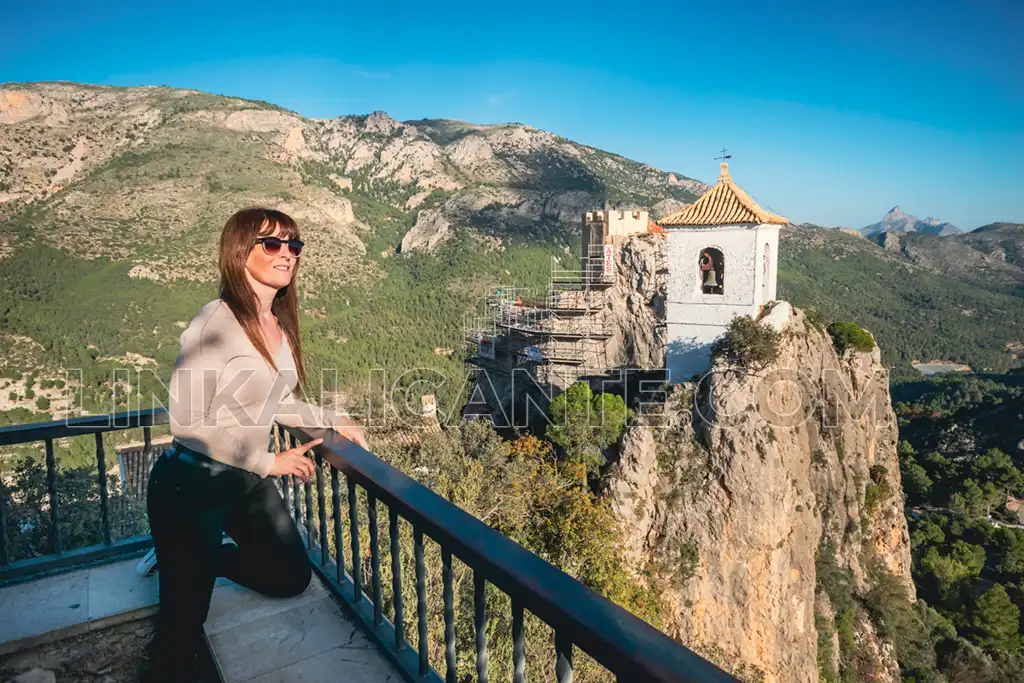
This is the star attraction, the must see place in Guadalest. The Castle of San Jose is an ancient defensive system from the Muslim period. Located at the top of the village, crowning a rocky crag, it dominates the views over the valley. In the highest part of the fortress you will find the Via Crucis and cemetery of Guadalest.
Originally from the 11th century, over the years some areas of the castle have disappeared due to its age and successive earthquakes. From here you can also see the remains of the Alcozaiba Castle, of which only a ruined tower remains.
Access to the castle is through the Casa Orduña, Municipal Museum, which I’ll tell you about below, so read on to discover more…
6. San Gregorio Square and medieval village
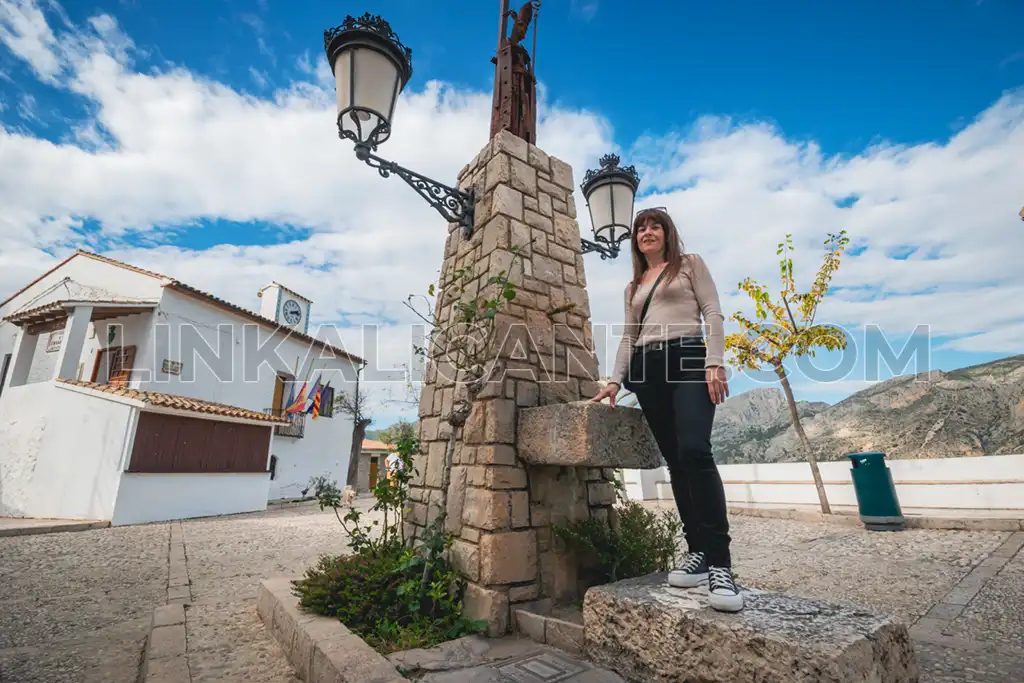
When you descend from your visit to the castle, you will appear in the Plaza de San Gregorio. In front of you you will find the Town Hall and, below it, the old cistern, which was used as a prison.
If anything characterizes El Castell de Guadalest is its medieval atmosphere. Its cobbled streets, the Muslim castle and other small details that make up the village make Guadalest a magical village.
In the village, I recommend you to visit:
The Church of Our Lady of the Assumption. Of Baroque style, it dates from the 18th century and is attributed to José Sierra. Next to the Casa de los Orduña.
The Plaza de San Gregorio, from where we can enjoy the views of the valley and the turquoise water reservoir.
Ethnological Museum. Free admission, it represents a typical house of the 18th century.
Dungeons. Under the town hall there are dungeons dating back to the 12th century, which can be accessed free of charge.
7. Guadalest Reservoir
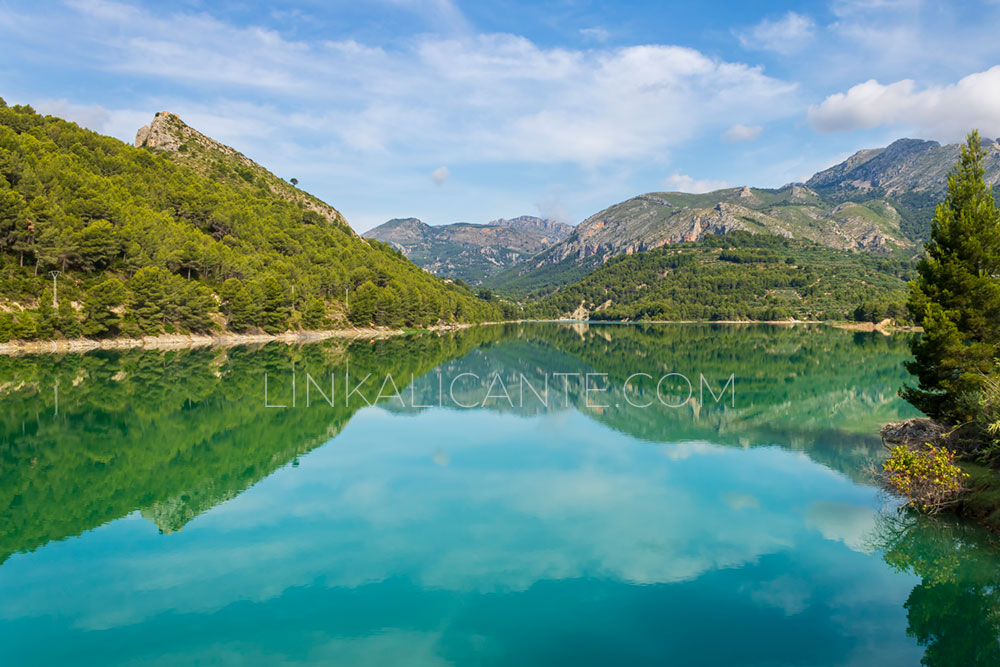
Known as “The Emerald Jewel”, the Guadalest Reservoir is a beautiful blue-green marsh where the Guadalest River ends.
If you come by car, this is a visit we recommend you to make. You can access by car to the dam of the Guadalest Reservoir and from there make the circular hiking route around the reservoir, or just walk through this wonderful environment surrounded by mountains. You’ll think you’re not in Alicante!
This beautiful reservoir offers the possibility to make a hiking route hiking route of low-medium difficulty consisting of going around the sheet of water, a path during which you will find abundant vegetation and wonderful views of the mountains and the Castell de Guadalest.
8. Kayaking in the Guadalest Reservoir
If you like active tourism activities, the Guadalest Reservoir gives you the opportunity to enjoy a magnificent day of kayaking, surrounded by impressive mountains while sailing in the calm waters of the reservoir.
You have a 10% discount with the coupon LINKALICANTE when you book this activity on the Kayakbeni website.
9. Gastronomy and Local Products
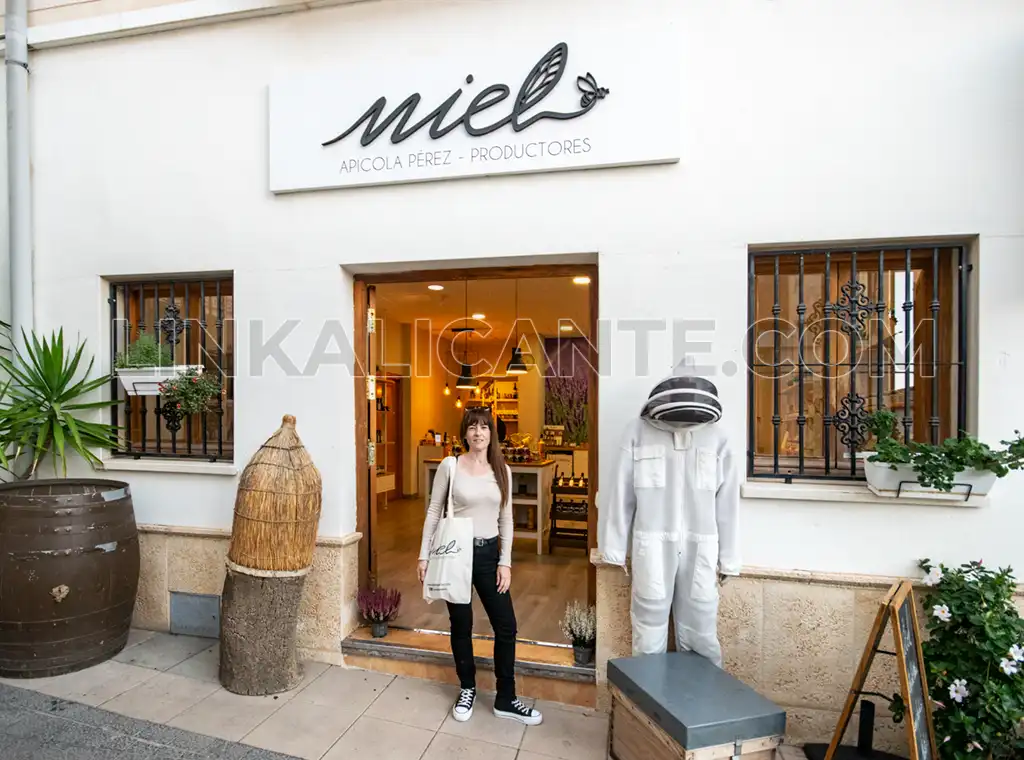
If you plan to take a souvenir from Guadalest, I recommend you to go for local products. We really like the store of Apícola Pérez, a local beekeeper who produces different types of honey from the mountains of Alicante. In addition, you can find other products “kilometer zero” such as EVOOs, wines, jams, etc.. You have a 5% discount with the coupon LINKALICANTE if you decide to take something.
Mountain Gastronomy
One of the star dishes of the mountain gastronomy is the olleta de blat or wheat pot, a stew prepared with wheat, vegetables, spices and different types of pork.
Other local delicacies are the “minxos”, typical vegetable pies. I also recommend the rabbit with allioli or the “pilotes de dacsa”, a dish made of stewed corn and meat balls.
My favorite restaurants in the area are Venta de Benifato, Venta La Montaña (Benimantell), Mesón Ca Rafel (Benimantell).

11 Restaurants in the province of Alicante for Nature Lovers
Where to eat when you go out on a route through the province of Alicante? Discover our selection of the best restaurants for hikers.
10. Antonio Marco Museum (giant nativity scene)
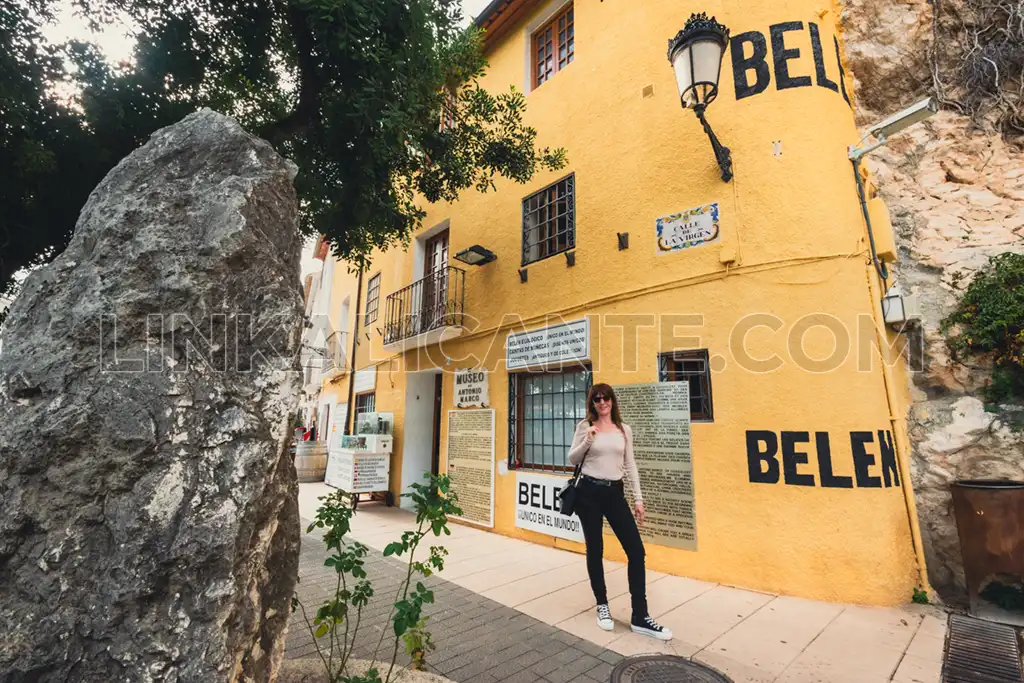
I have a special affection for this museum, since its creator, Antonio Marco, was my grandmother’s nephew (may they both rest in peace). Antonio was passionate about craftsmanship and miniatures and this museum reflects the work he did throughout his life. The museum was inaugurated in 1992, when Antonio moved to Guadalest from Requena. Visit the official website here.
Map of places to see in Guadalest
Practical Guide Guadalest
Where to park? The CV-755 road separates the modern part of the old town. Next to it is the municipal parking, with 3 different areas. It costs 2€ per day, with staff. We recommend you to get up early if you come in high season, as it is usually very busy.
Street map: you can download it here.
Hotels in Guadalest: Book here with a 15% discount.
Best time: Any time of year, although summer is hotter and more crowded.
Not to be missed: a visit to the Casa Orduña and the Castillo de San José.
Excursion from Alicante. If you do not want to get complicated, you can hire this excursion from Alicante in small groups, in which you will also visit the Fuentes del Algar.
Complementary plans: visit to Les Fonts d’Algarin Callosa d’En Sarrià (18.5 km from Guadalest).
What makes Guadalest special?
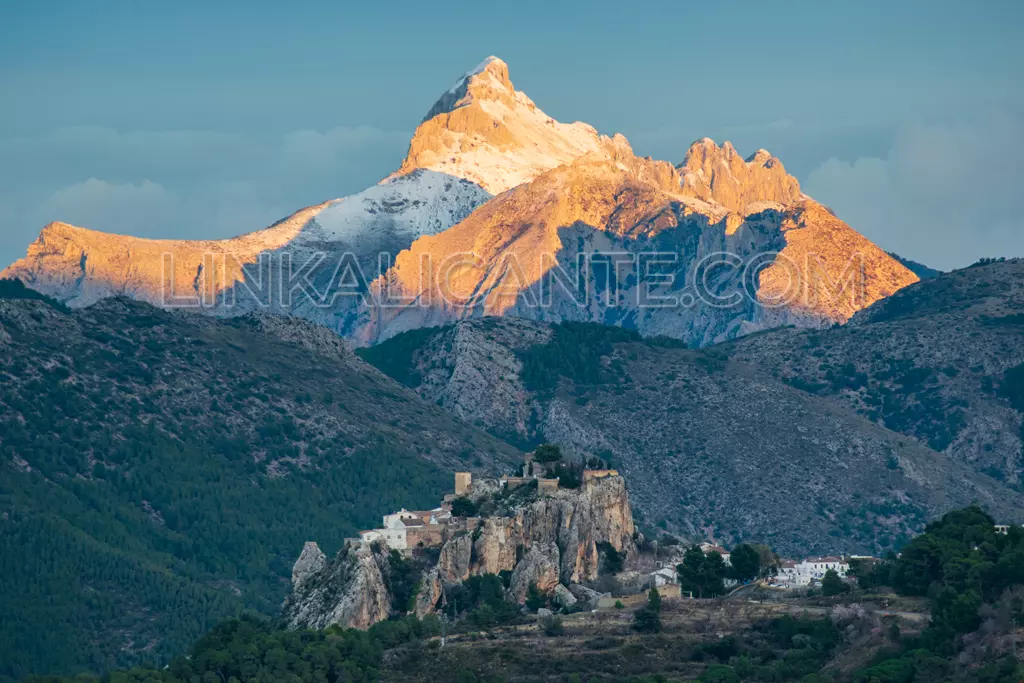
A surprising number: with only 180 inhabitants, it has 15 restaurants, 50 stores and 7 museums. According to statistics, it is one of the most visited towns in Spain, with 2,500,000 tourists per year.
Source: Antonio Marco Museum
Guadalest is a village in a village. It is located at the top of a steep rocky crag, defying the void from its strategic position. In the center of the valley, it is surrounded by imposing mountains such as the Sierra de Aitana or the Xortà. Its origin dates back to the Muslim period; it was they who fortified the village and created what today is one of the main attractions of the place: the Castle of San José or Castell de Guadalest. In fact, the town had an important Muslim population until the 17th century, when Philip III decreed the expulsion of the Moors.
Its fortress has undergone multiple changes since then, such as the one caused by the earthquake of 1644, which destroyed part of the construction. Also, during the twentieth century was built the Guadalest Reservoir, bringing more beauty if possible to the valley of agricultural tradition.
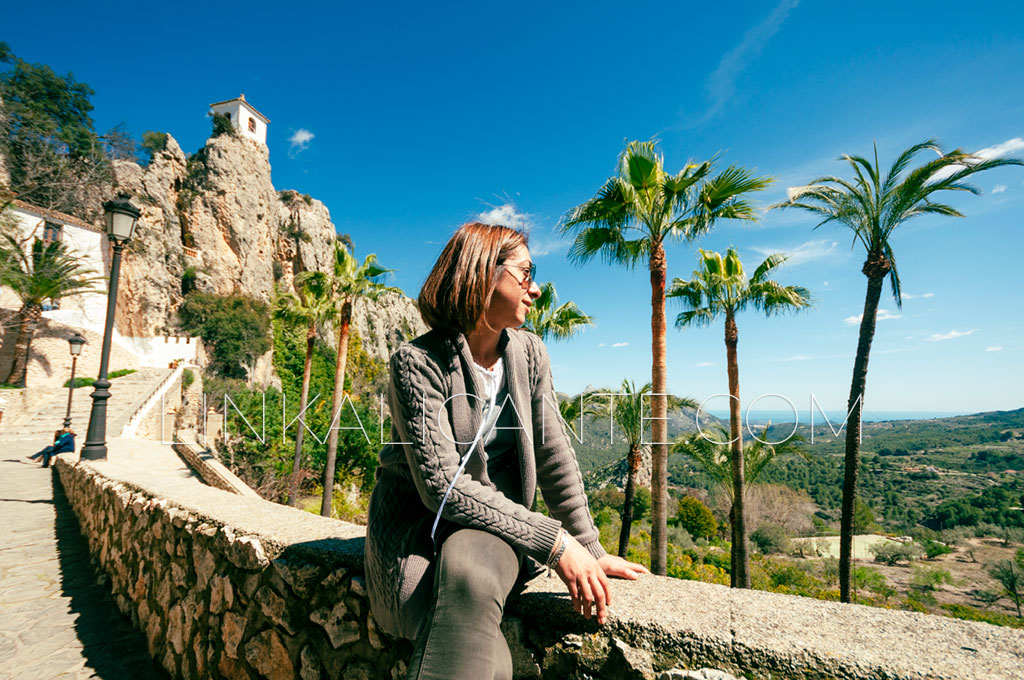
“Guadalest appeared to me. Massifs of colored rock like stained glass windows. In two pinnacles of crags of the Aldean features: the bell tower and the cemetery, so crowded up there. It was so beautiful and simple Guadalest that communicated the happiness of purity; a happiness without possession of anything concrete. The moment you feel it, you know it is happening. We will look for it. We will return to Guadalest”.
Gabriel Miró, Tourism and the partridge
Today Guadalest is considered one of the essential visits for all those who come to know the province of Alicante and, although it is true that it has become a tourist attraction, Guadalest continues to enchant travelers from around the world for its unique beauty and its strategic location on top of a rock.
Known among other things for its museums, this town in Alicante has many other attractions for the visitor. From a delicious gastronomy to a magnificent natural mountainous environment and mild climate, Guadalest offers the traveler the possibility to enjoy the strength of the mountain and to know its historical roots.
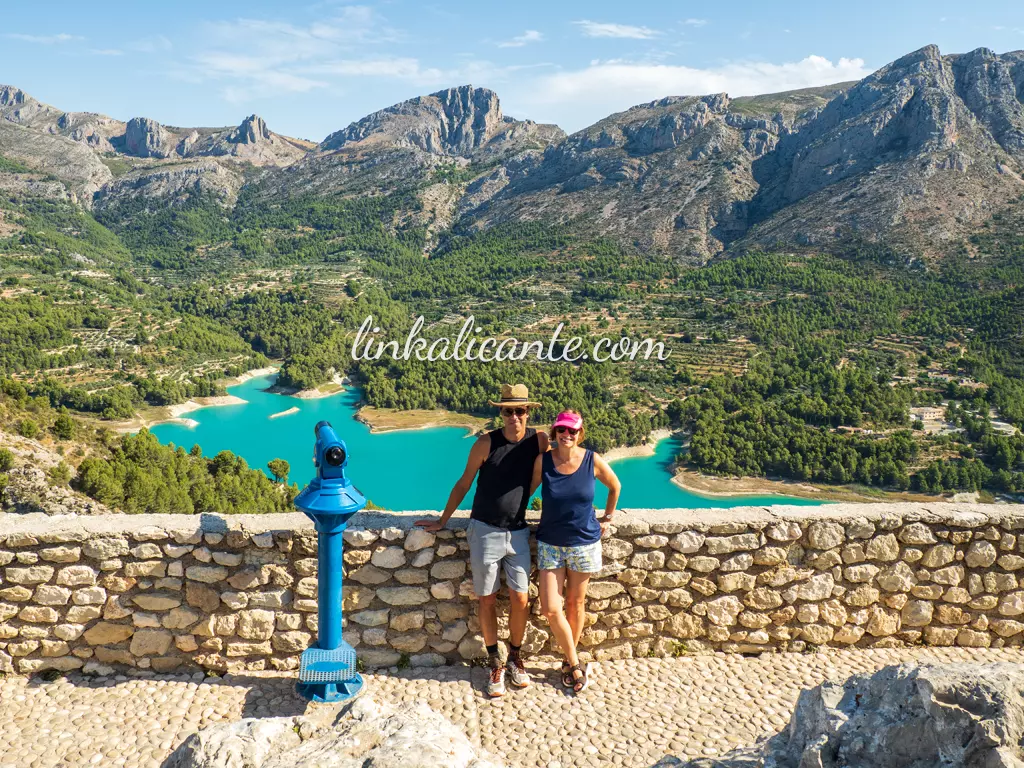
Video about Guadalest
In the following video you can discover some of the highlights of this beautiful town in the Marina Baixa region.
In short, we can say that Guadalest is one of those villages in Spain that hides a great beauty: mild temperatures, mountains and history come together to give rise to a quiet environment and rich in landscapes; an inland alternative that never leaves you indifferent.
Every year many travelers and tourists come to the province of Alicante to enjoy its pleasant temperatures, magnificent beaches and delicious gastronomy. However, the coast is not the only one that offers beautiful places to marvel at during your stay in Alicante. The beautiful inland villages of Alicante offer indispensable locations that any visitor (or local) should know.
What to see near Guadalest
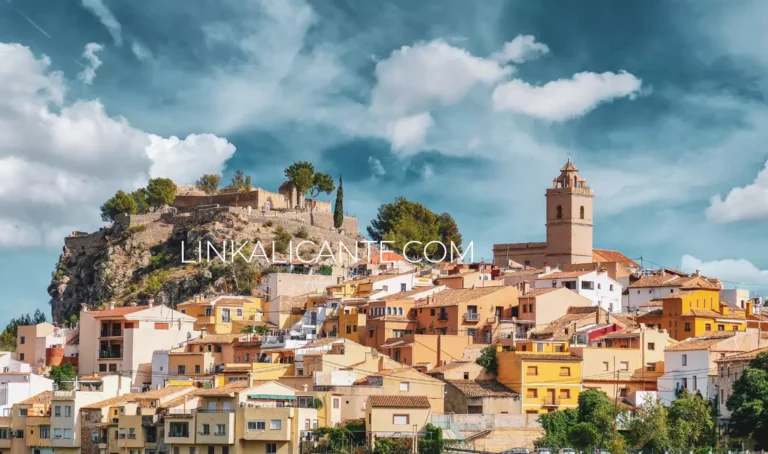
Polop de la Marina. What to see and do in the beautiful town of Alicante
Discover its old town, visit its museums, savor its gastronomy and practice hiking in one of the most beautiful villages of Alicante.
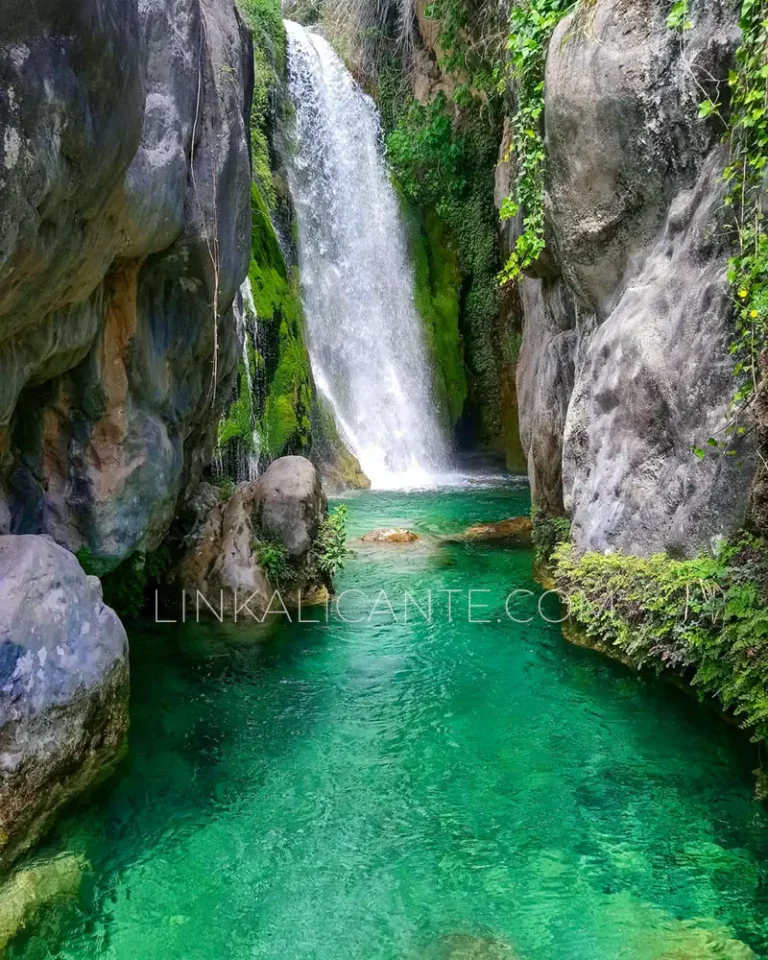
Algar Waterfalls, the natural swimming pools of Callosa d’En Sarrià
Les Fonts d’Algar (Las Fuentes del Algar) is a river spot of great beauty where you can swim in natural pools of crystalline waters.
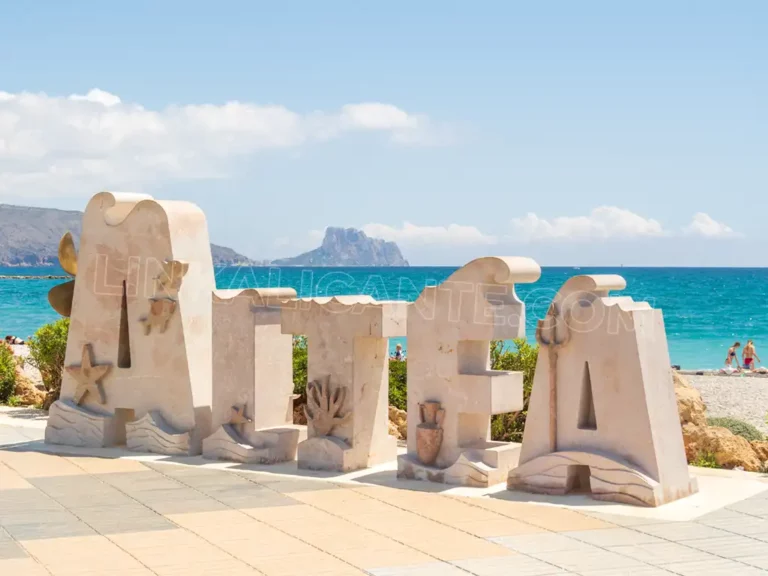
What to see in ALTEA, must-see places and plans
What to see in Altea: beautiful places, beaches, routes, gastronomy and the best plans to enjoy the most beautiful coastal town in Alicante.

